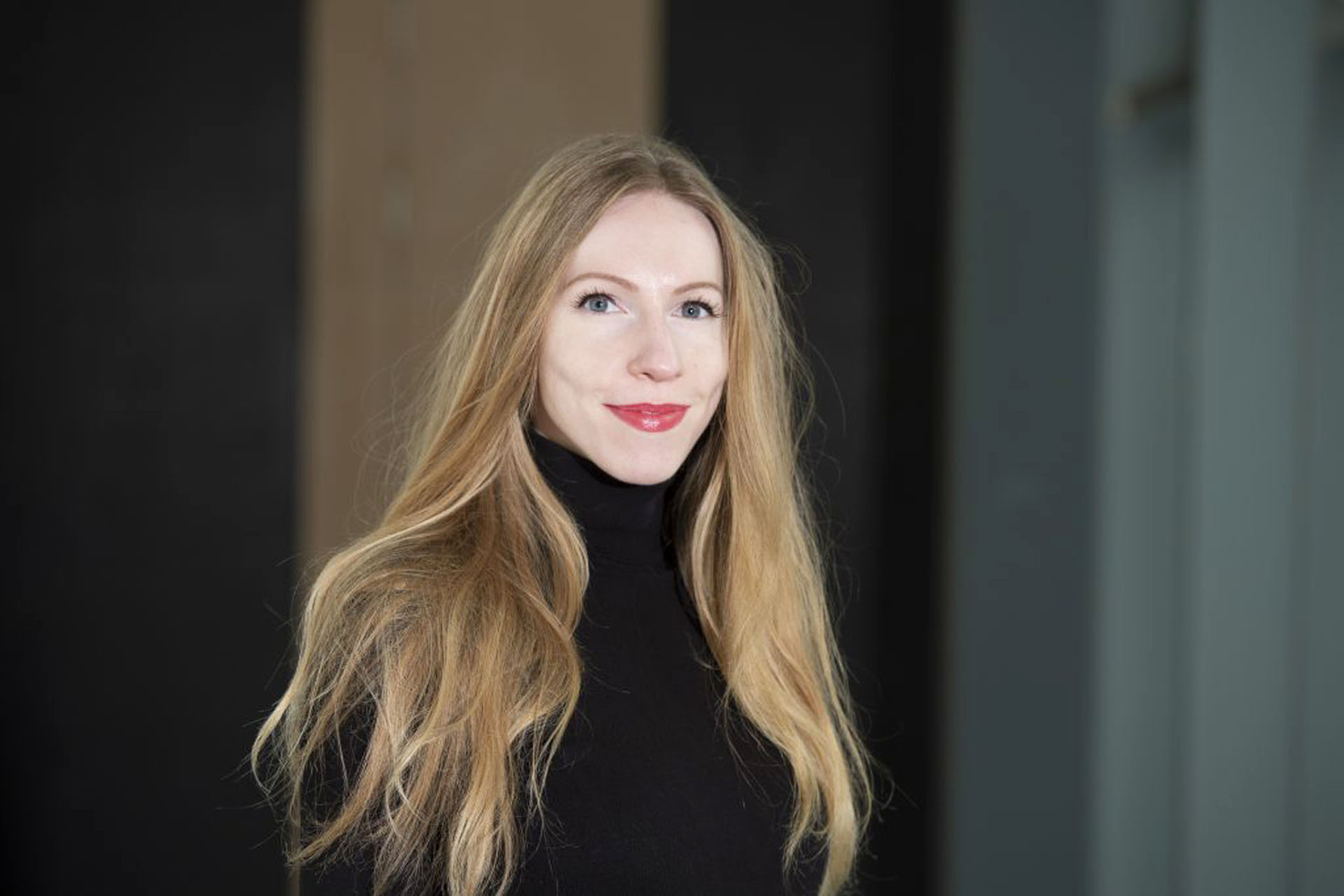Recent PhD History and Philosophy of Art (HPA) graduate, Dr Claire Anscomb, has been awarded the awarded John Fisher Memorial Prize 2021 by the American Society for Aesthetics for paper she wrote titled, ‘Creative Agency as Executive Agency: Grounding the Artistic Significance of Automatic Images‘. We caught up with Dr Anscomb to find out more about her time on the HPA programme at Kent, and her research.
Congratulations on winning the John Fisher Memorial Prize! Could you please tell us about the paper you submitted for this?
Thank you! The paper originated from the PhD research I undertook at Kent. In the paper, I examine the artistic potential of forms of, what I term, “automatic image-making techniques”, including photography, nature printing, and rubbing. Crucially, each of these kinds of image-making involve registering the features of real objects so that the resultant marks could in principle be made without any agent being directly responsible for them. This is said to limit the intentional control an agent can exert over the features of images, which in turn limits the artistic potential of the work, and the form as a whole.
In the paper, I tackle this skeptical position by arguing that this is only the case if intentional control is understood to mean that an agent produces the precise configurations of the features of the work by their own bodily movements alone. Instead, I argue that an agent can exercise intentional control over the features of a work if they successfully anticipate the effect that the remote consequences of their actions will have on the features of a work. Accordingly, I show that intentional control in visual image production is actually a species of executive agency, which I refer to as “creative agency”. As a result, I defend the idea that the origins of automatic images in creative agency grounds their artistic significance.
Could you tell us a bit about your PhD research on the HPA programme at Kent?
The title of my thesis is ‘On the Significance of Automaticity in Image-Making Practices’. Through my PhD research, I explored the historic and contemporary use of automatic image-making techniques, including printing, drawing aids, and photographic technologies to produce a systematic philosophical account of the aesthetic, phenomenal, and epistemic significance of the use of these techniques in image-making practices, including artistic and scientific representation. This meant tackling questions like why we tend to trust images made using automatic image-making techniques and whether there are good grounds to suggest that we should, and why some kinds of automatic images, particularly photographs, have a tendency to trigger experiences of “contact” with their subjects. It was from the work relating to questions of aesthetic value that the Fisher prize paper emerged.
Prior to your PhD at Kent, where did you study previously?
My undergraduate degree was in Fine Art at the University of Southampton. I still had a lot of questions about the history and nature of art after that degree, so I decided to study for an MA in HPA at Kent. It was this course that inspired me to pursue a PhD.
What advice would you give to someone thinking about studying the HPA programme at Kent?
I’d advise those thinking about studying for the MA programme to note that it covers both the History and Philosophy of Art, so those expecting more of one than the other should look carefully at the modules on offer. For those considering pursuing the PhD programme, I’d advise them to find out about the research interests of those working in the Department and to explore the activities of the research centres, such as the Aesthetics Research Centre. This can help in figuring out who to approach as a potential supervisor and to make contact with current PhDs who may be able to offer a helpful perspective on life as a HPA PhD student. A PhD is a big commitment, so you should ensure that you’re passionate about your chosen subject!
What have you been up to since completing your PhD?
I have been busy working on some exciting artistic projects – just after graduating with my PhD, I was awarded the Anthony J Lester Young Artist Award at the Royal Miniature Society Annual Exhibition. I have also been co-editing the journal “Debates in Aesthetics” and teaching Art History, Drawing, and Foundation Art and Design courses at colleges in London. Meanwhile, I am also applying for research positions, which can sometimes feel like a full-time job in itself!
Do you have any interesting research projects coming up?
I have been invited to participate in a really interesting project organised by Dr Alice Murphy (LMU) and Dr Milena Ivanova (Cambridge) about the Aesthetics of Scientific Experiments. I am currently researching the convergences and divergences between different forms of experimentation in art and science in order to compare the aesthetic qualities that are valued in these practices. I am also developing a project that examines artistic practice involving Artificial Intelligence – in particular, I am interested in questions of whether humans can be said to collaborate with AI to produce artworks and, if so, whether this is a form of co-authorship, or if it is even right to describe AI as being artistically creative?
If you are interested in keeping up with Claire’s research and projects, you can follow her on Twitter (@ClaireAnscomb) or visit her website to find out more.

